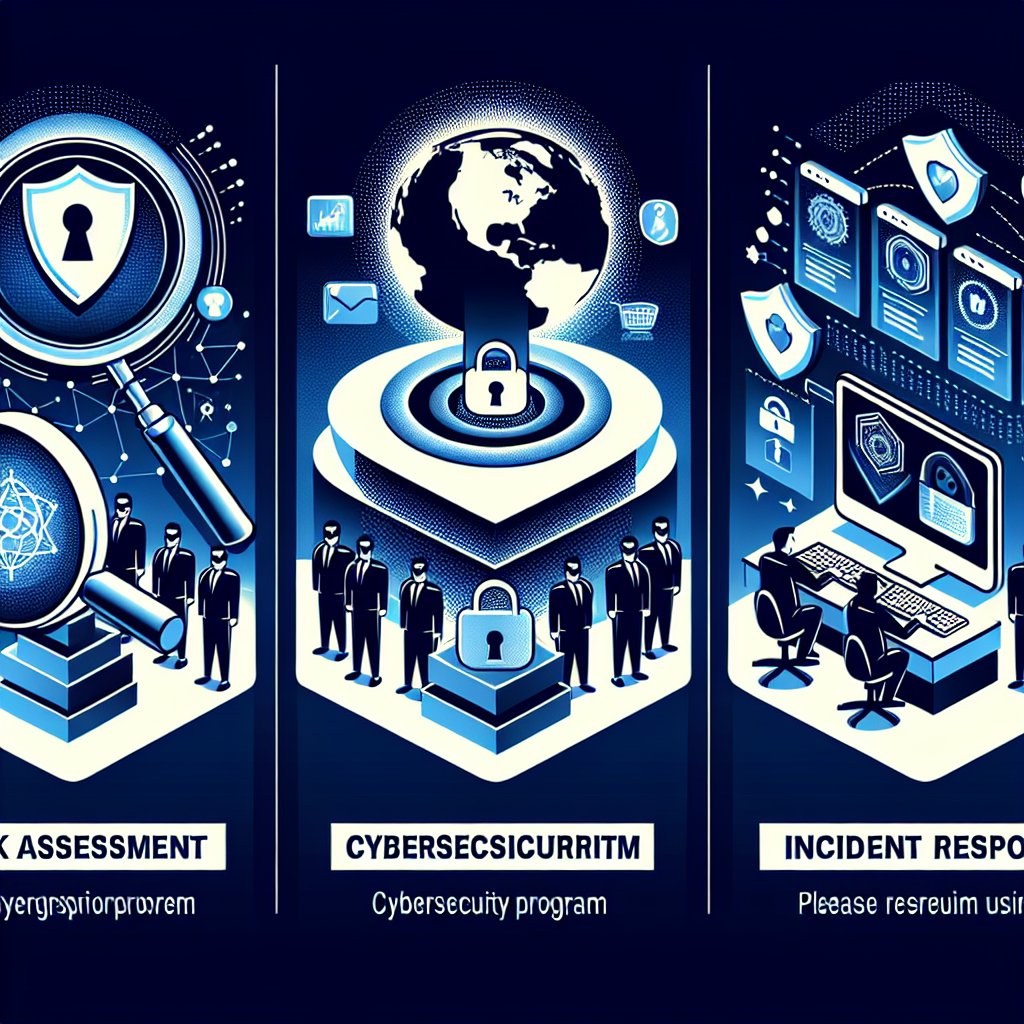Your cart is currently empty!
From Risk Assessment to Incident Response: Developing a Comprehensive Cybersecurity Program

In today’s digital age, cybersecurity has become a critical concern for businesses of all sizes. With the increasing frequency and sophistication of cyber attacks, it’s no longer a question of if a company will be targeted, but when. To effectively protect against these threats, organizations must develop a comprehensive cybersecurity program that encompasses everything from risk assessment to incident response.
The first step in developing a cybersecurity program is conducting a thorough risk assessment. This involves identifying and evaluating potential risks to the organization’s information systems and data, as well as assessing the likelihood and potential impact of these risks. By understanding the specific threats facing the organization, businesses can prioritize their cybersecurity efforts and allocate resources effectively.
Once the risks have been identified, the next step is to develop a cybersecurity strategy that addresses these threats. This may involve implementing a combination of technical controls, such as firewalls and encryption, as well as policies and procedures to govern employee behavior and data handling practices. It’s important to tailor these measures to the organization’s specific needs and industry requirements, as there is no one-size-fits-all approach to cybersecurity.
In addition to preventive measures, organizations must also have a plan in place for incident response. Despite best efforts to protect against cyber attacks, breaches can still occur. Having a well-defined incident response plan can help minimize the impact of a breach and ensure a timely and effective response. This plan should include protocols for detecting and responding to incidents, as well as steps for containing and mitigating the damage.
Regular testing and monitoring are also crucial components of a comprehensive cybersecurity program. By regularly assessing the effectiveness of security controls and monitoring for unusual or suspicious activity, organizations can identify and address vulnerabilities before they are exploited by attackers. This proactive approach can help prevent breaches and minimize the damage caused by cyber attacks.
Ultimately, developing a comprehensive cybersecurity program requires a holistic approach that considers all aspects of cybersecurity, from risk assessment to incident response. By prioritizing cybersecurity and investing in the necessary resources, organizations can better protect their sensitive data and prevent costly breaches. In today’s digital landscape, a proactive approach to cybersecurity is essential for safeguarding the future of any business.

Leave a Reply